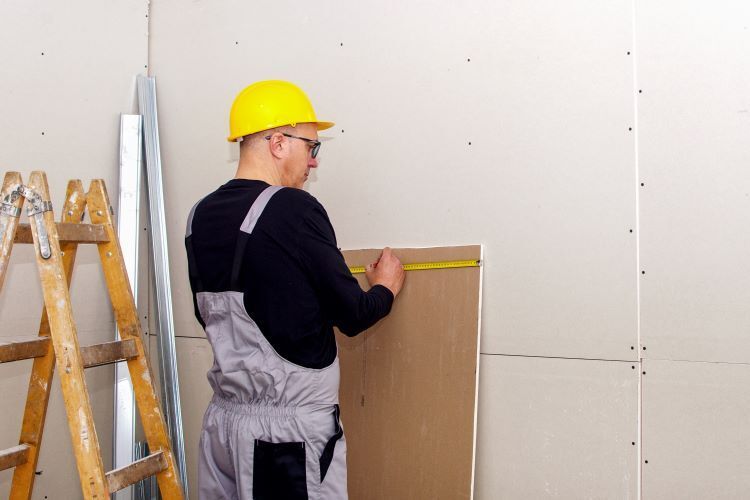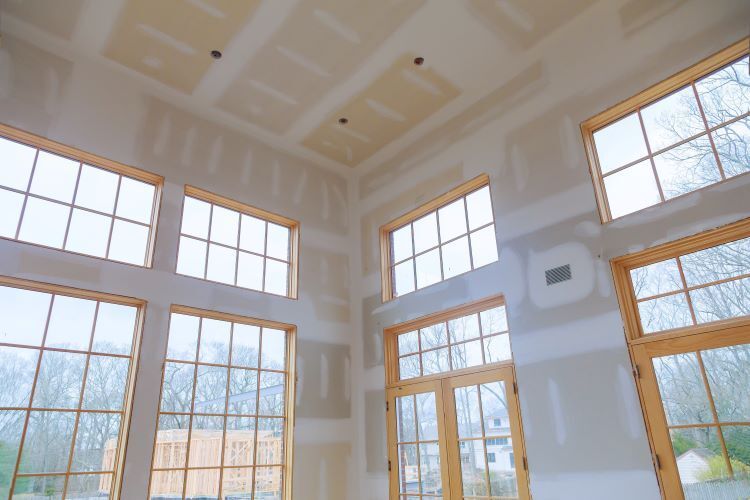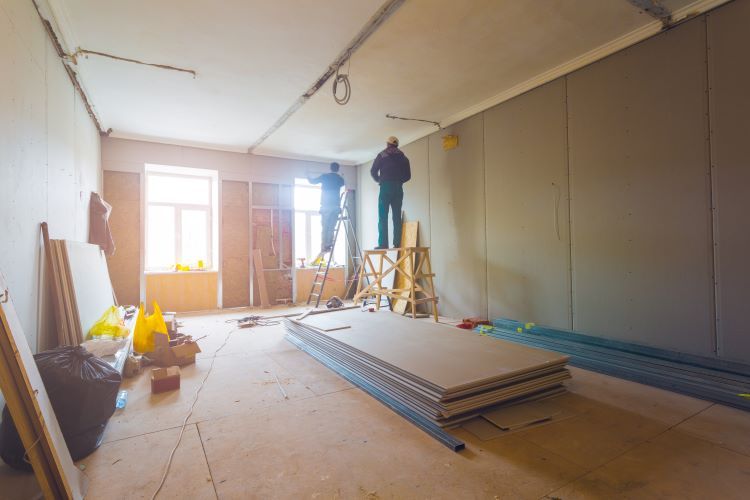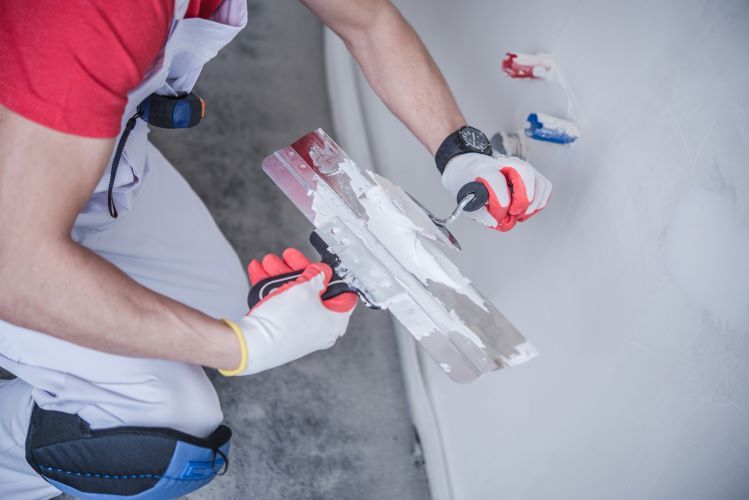How to Prevent and Fix Drywall Cracks

Drywall cracks are a common issue in homes and commercial buildings, often resulting from the natural settling of structures or environmental changes. At St. John's Drywallers, we understand the frustration of dealing with unsightly cracks and the importance of maintaining a smooth, pristine surface. This guide will help you understand how to prevent drywall cracks and provide step-by-step instructions for fixing them.
Understanding Drywall Cracks
Drywall cracks can be caused by various factors, including:
- Structural Settling: As buildings age, they naturally settle, which can cause drywall to shift and crack.
- Temperature and Humidity Changes: Fluctuations in temperature and humidity can cause drywall to expand and contract, leading to cracks.
- Poor Installation: Improperly installed drywall can be more prone to cracking over time.
- Foundation Issues: Problems with a building's foundation can create stress on the walls, leading to cracks.
Preventing Drywall Cracks
Preventing drywall cracks involves taking proactive steps during construction and maintenance:
1. Proper Installation
Ensuring that drywall is installed correctly is the first step in preventing cracks. This includes using the right type and thickness of drywall, securing it properly to the framing, and taping and mudding the seams correctly.
2. Control Humidity Levels
Maintaining consistent humidity levels in your home or building can prevent the expansion and contraction of drywall. Use dehumidifiers in humid climates and humidifiers in dry climates to keep moisture levels balanced.
3. Monitor Structural Changes
Regularly inspect your home or building for signs of structural issues, such as foundation cracks or shifting. Addressing these problems early can prevent further damage to your drywall.
4. Use Quality Materials
High-quality drywall, joint compound, and tape are less likely to develop cracks over time. Investing in superior materials can save you time and money on future repairs.
Fixing Drywall Cracks
Even with preventive measures, drywall cracks can still occur. Here’s how to fix them effectively:
Step 1: Gather Your Tools and Materials
You will need:
- Utility knife
- Sandpaper (medium and fine-grit)
- Joint compound
- Putty knife
- Drywall tape (if necessary)
- Primer and paint
Step 2: Prepare the Crack
Use a utility knife to widen the crack slightly. This helps to remove any loose debris and create a better surface for the joint compound to adhere to. Clean the area thoroughly.
Step 3: Apply Joint Compound
Apply a thin layer of joint compound over the crack using a putty knife. For larger cracks, you may need to apply drywall tape over the joint compound to provide additional support. Smooth out the compound, feathering the edges to blend with the surrounding wall.
Step 4: Let It Dry and Sand
Allow the joint compound to dry completely, following the manufacturer’s recommendations. Once dry, sand the area with medium-grit sandpaper to smooth out any rough spots. Follow up with fine-grit sandpaper for a seamless finish.
Step 5: Apply a Second Coat
Apply a second coat of joint compound, extending slightly beyond the first coat to blend with the wall. Feather the edges again and let it dry completely. Sand the area smooth once dry.
Step 6: Prime and Paint
Once the repaired area is smooth and dust-free, apply a coat of primer to ensure the paint adheres well. After the primer is dry, paint the area to match the rest of the wall. You may need to apply multiple coats for full coverage.
Conclusion
Preventing and fixing drywall cracks is crucial for maintaining the appearance and structural integrity of your home or commercial building. By following these steps, you can address cracks effectively and prevent future issues. For professional drywall repair services in St. John's, Newfoundland, trust the experts at St. John's Drywallers. Our experienced team is dedicated to providing top-quality workmanship and ensuring your walls look flawless.
Contact us today for all your drywall repair needs!
You might also like



Book a Service Today
We will get back to you as soon as possible
Please try again later
St. John's Drywallers
Navigation
Navigation
Working hours
- Mon - Fri
- -
- Sat - Sun
- Appointment Only
*This is a referral website. All work is performed by professional, licensed contractors.